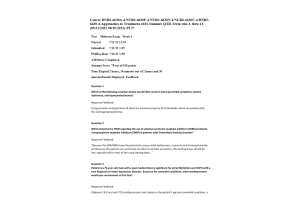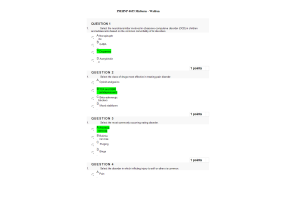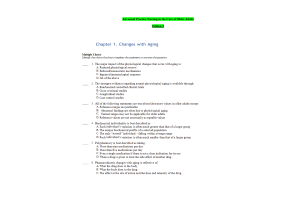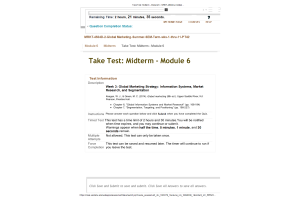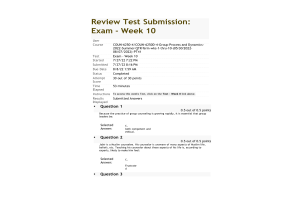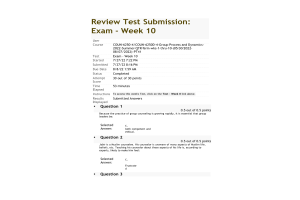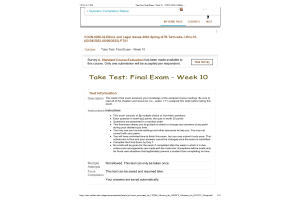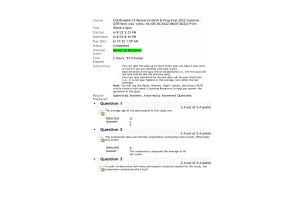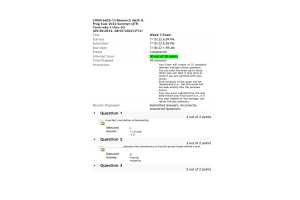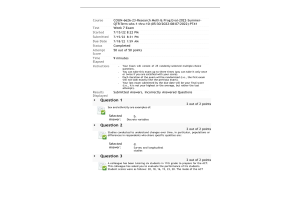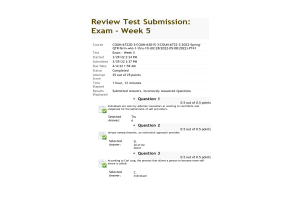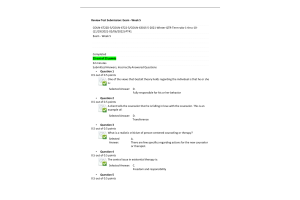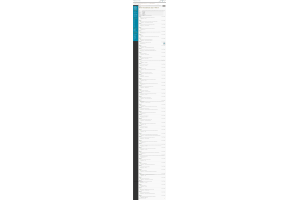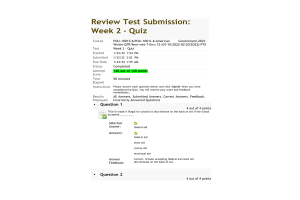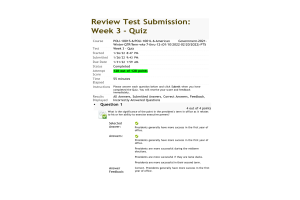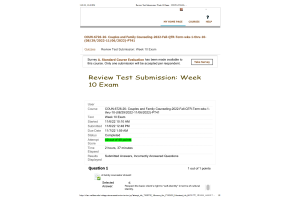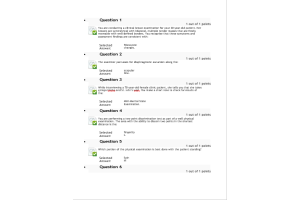NURS 3020 Midterm Exam (94 out of 100 Points)
- $55.00
- Question: Before performing an abdominal examination, the examiner should:
- Question: The most common form of birth trauma of the scalp is:
- Question: Unusual white areas on the skin may be due to:
- Question: Mrs. G. reports an increase in her alcohol intake over the past 5 years. To screen her for problem drinking, you would use the:
- Question: Mr. Franklin is speaking with you, the health care provider, about his respiratory problem. Mr. Franklin says, "I've had this cough for 3 days, and it's getting worse." You reply, "Tell me more about your cough." Mr. Franklin states, "I wish I could tell you more. That's why I'm here. You tell me what's wrong!" Which caregiver response would be most appropriate for enhancing communication?
- Question: Expected hair distribution changes in older adults include:
- Question: You have just completed a skin assessment on Mr. Baker. During your assessment, you have transilluminated a skin lesion. During the physical examination, you know that skin lesions are transilluminated to distinguish:
- Question: Percussing at the right midclavicular line, below the umbilicus, and continuing upward is the correct technique for locating the:
- Question: When you are questioning a patient regarding alcohol intake, she tells you that she is only a social drinker. Which initial response is appropriate?
- Question: A 17-year-old girl presents to the clinic for a sports physical. Physical examination findings reveal bradycardia, multiple erosions of tooth enamel, and scars on her knuckles. She appears healthy otherwise. You should ask her if she:
- Question: A 51-year-old woman calls with complaints of weight loss and constipation. She reports enlarged hemorrhoids and rectal bleeding. You advise her to:
- Question: Which type of speculum should be used to examine a patient's tympanic membrane?
- Question: When recording physical findings, which data are recorded first for all systems?
- Question: In counseling a client regarding nutrition education, you explain that linoleic acid, a major fatty acid, is thought to be essential for:
- Question: The term denoting the caregiver's need to do no harm to the patient is:
- Question: Which statement is true regarding the relationship of physical characteristics and culture?
- Question: When are open-ended questions generally most useful?
- Question: Recommended carbohydrate content of total dietary intake (% total calories) is %.
- Question: Which of the following organs is part of the alimentary tract?
- Question: Which cranial nerves innervate the face?
- Question: Which of the following formats would be used for visits that address problems not yet identified in the problem-oriented medical record (POMR)?
- Question: Peritonitis produces bowel sounds that are:
- Question: Inspection of the abdomen should begin with the patient supine and the examiner:
- Question: Mr. Akins is a 78-year-old patient who presents to the clinic with complaints of hearing loss. Which of the following are changes in hearing that occur in the elderly? Select all that apply.
- Question: Which technique is most likely to result in the patient's understanding of questions?
- Question: A serous membrane that lines the abdominal cavity and forms a protective cover for many abdominal structures is the:
- Question: During an interview, tears appear in the patient's eyes and his voice becomes shaky. Initially, you should:
- Question: Differential diagnoses belong in the:
- Question: Nuchal rigidity is most commonly associated with:
- Question: Subjective and symptomatic data are:
- Question: The recommended minimum daily protein requirement for the normal adult is ____.
- Question: Ms. G. is being seen for her routine physical examination. She is a college graduate and president of a research firm. Although her exact salary is unknown, she has adequate health insurance. Most of the above information is part of Ms. G.'s history.
- Question: Auscultation should be carried out last, except when examining the:
- Question: Your patient returns for a blood pressure check 2 weeks after a visit during which you performed a complete history and physical. This visit would be documented by creating a(n):
- Question: Mr. Mathews is a 47-year-old patient who presents for a routine physical examination. On examination, you have noted a bruit heard over the thyroid. This is suggestive of:
- Question: Nasal symptoms that imply an allergic response include:
- Question: The position on a clock, topographic notations, and anatomic landmarks:
- Question: You are completing a general physical examination on Mr. Rock, a 39-year-old man with complaints of constipation. When examining a patient with tense abdominal musculature, a helpful technique is to have the patient:
- Question: Small, minute bruises are called:
- Question: Mr. D. complains of a headache. During the history, he mentions his use of alcohol and illicit drugs. This information would most likely belong in the:
- Question: Periods of silence during the interview can serve important purposes, such as:
- Question: Mr. Abdul is a 40-year-old Middle Eastern man who presents to the office for a first visit with the complaint of new abdominal pain. You are concerned about violating a cultural prohibition when you prepare to do his rectal examination. The best tactic would be to:
- Question: To correctly document absent bowel sounds, one must listen continuously for:
- Question: Your patient presents with symptoms that lead you to suspect acute appendicitis. Which assessment finding is least likely to be associated with this condition early in its course?
- Question: Tuning forks with a frequency of 500 to 1000 Hz are most commonly used to measure:
- Question: Tracheal tug suggests the presence of a(n):
- Question: Which technique is most likely to result in the patient's understanding of questions?
- Question: A 5-year-old child presents with nasal congestion and a headache. To assess for sinus tenderness you should palpate over the:
- Question: You are planning to palpate the abdomen of your patient. Which part of the examiner's hand is best for palpating vibration?
- Question: A 22-year-old female nurse is interviewing an 86-year-old male patient. The patient avoids eye contact and answers questions only by saying, "Yeah," "No," or "I guess so." Which of the following is appropriate for the interviewer to say or ask?
- Question: Mr. and Mrs. Johnson have presented to the office with their infant son with complaints of ear drainage. When examining an infant's middle ear, the nurse should use one hand to stabilize the otoscope against the head while using the other hand to:
- Question: The most superior part of the stomach is the:
- Question: Spasmodic muscular contractions of the head, face, or neck are called:
- Question: White, rounded, or oval ulcerations surrounded by a red halo and found on the oral mucosa are:
- Question: The infant should be placed in which position to have his or her height or length measured?
- Question: To approximate vocal frequencies, which tuning fork should be used to assess hearing?
- Question: Mrs. Raymond is a 24-year-old patient who has presented for a routine concern over her current weight. In your patient teaching with her, you explain the importance of macronutrients. Which of the following is a macronutrient?
- Question: Which of the following is an expected change in the assessment of the thyroid during pregnancy?
- Question: As part of your health promotion education for a new patient, you explain that the risk factors for skin cancer include:
- Question: Mr. Jones is a 45-year-old patient who presents for a physical examination. On examination, you note cost chondral beading, enlarged skull, and bowed legs and diagnose him with rickets. A deficiency of which fat-soluble micronutrient can result in rickets?
- Question: Mrs. Britton is a 34-year-old patient who presents to the office with complaints of skin rashes. You have noted a 4' 3-cm, rough, elevated area of psoriasis. This is an example of a:
- Question: When examining the skull of a 4-month-old baby, you should normally find:
- Question: Ms. Davis is a 27-year-old patient with a BMI of 33. Based on her BMI, your diagnosis would be:
- Question: Your patient is complaining of acute, intense sharp epigastric pain that radiates to the back and left scapula with nausea and vomiting. Based on this history, your prioritized physical examination should be to:
- Question: Which of the following is an "ABCD" characteristic of malignant melanoma?
- Question: Mr. Black is a 44-year-old patient who presents to the clinic with complaints of neck pain that he thinks is from his job involving computer data entry. As the examiner, you are checking the range of motion in his neck and note the greatest degree of cervical mobility is at:
- Question: Pigmented, raised, warty lesions over the face and trunk should be assessed by an experienced practitioner who can distinguish:
- Question: Mr. Walters, a 32-year-old patient, tells you that his ears are "stopped up." An objective assessment of this complaint is achieved by using the:
- Question: In issues surrounding ethical decision making, beneficence refers to the:
- Question: During percussion, a dull tone is expected to be heard over:
- Question: When hearing is evaluated, which cranial nerve is being tested?
- Question: After thorough inspection of the abdomen, the next assessment step is:
- Question: Brittle nails are typical findings in:
- Question: To perform the Rinne test, place the tuning fork on the:
- Question: Expected normal percussion tones include:
- Question: During physical examination of a 30-year-old Chinese man, you notice slight asymmetry of his face. The cranial nerve examination is normal. Your best action is to:
- Question: Mr. Johnson presents with a freely movable cystic mass in the midline of the high neck region at the base of the tongue. This is most likely a:
- Question: You are examining a pregnant patient and have noted a vascular lesion. When you blanche over the vascular lesion, the site blanches and refills evenly from the center outward. The nurse documents this lesion as a:
- Question: A flat, nonpalpable lesion is described as a macule if the diameter is:
- Question: Sweat glands, hair, and nails are all formed from:
- Question: When assessing abdominal pain in a college-age woman, one must include:
- Question: Macronutrients are so named because they:
- Question: Mrs. Tuber is a 36-year-old patient who comes into the health center with complaints that her fingernails are not growing. Which structure is the site of new nail growth?
- Question: Mrs. Berger is a 39-year-old woman who presents with a complaint of epigastric abdominal pain. You have completed the inspection of the abdomen. What is your next step in the assessment process?
- Question: Mr. Williams, age 25, has recovered recently from an upper and lower respiratory infection. He describes a long-standing nasal dripping. He is seeking treatment for a mild hearing loss that has not gone away. Information concerning his chronic postnasal drip should be documented within which section of his history?
- Question: A fixed image of any group that rejects its potential for originality or individuality is known as a(n):
- Question: During an interview, you have the impression that a patient may be considering suicide. Which action is essential?
- Question: The adult recommended dietary fat intake should be g/day.
- Question: A detailed description of the symptoms related to the chief complaint is presented in the:
- Question: When palpating the abdomen, you should note whether the liver is enlarged in the:
- Question: What finding is unique to the documentation of a physical examination of an infant?
- Question: When assessing abdominal pain in a college-age woman, one must include:
- Question: Mr. Mills is a 55-year-old patient who presents to the office for an initial visit for health promotion. A survey of mobility and activities of daily living (ADLs) is part of a(an):
- Question: As you explain your patient's condition to her husband, you notice that he is leaning toward you and pointedly blinking his eyes. Knowing that he is from England, your most appropriate response to this behavior is to:
- Question: Mrs. Kinder is a 39-year-old patient who presents to the office with complaints of an earache. In explaining to the patient about the function of her ears, which ear structure would you tell her is responsible for equalizing atmospheric pressure when swallowing, sneezing, or yawning?
- Question: Ms. Jones is a 31-year-old female patient who presents for a routine physical examination. Which examination technique will be used first?
- Question: Underestimation of blood pressure will occur if the blood pressure cuff's width covers:
- Question: Which of the following is the most vital nutrient?
- Question: Which of the following occurs when firm pressure is used to apply the stethoscope's bell endpiece to the skin?
- Question: Which question would be considered a leading question?

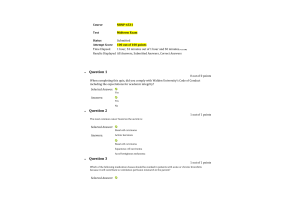
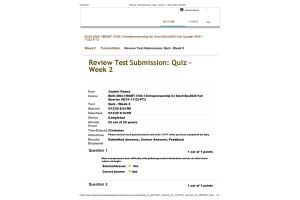
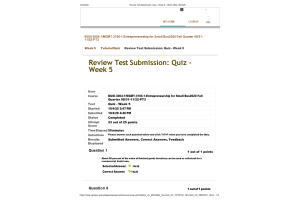
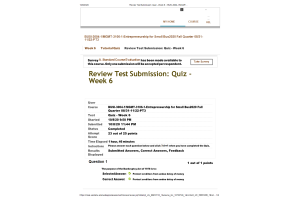
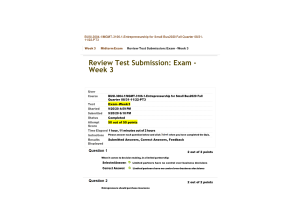
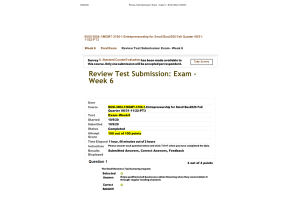
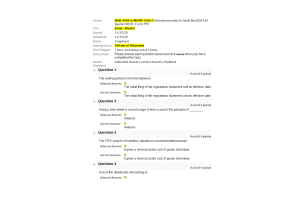
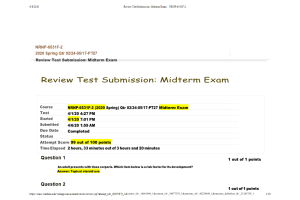
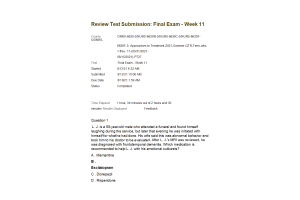
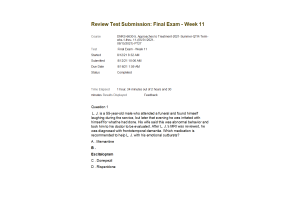
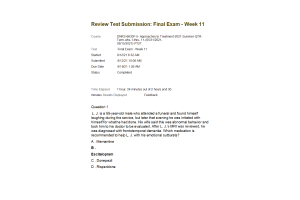
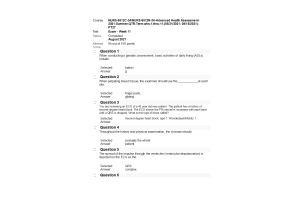
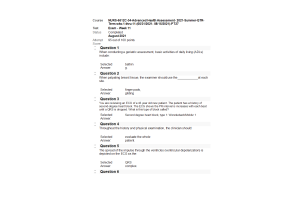
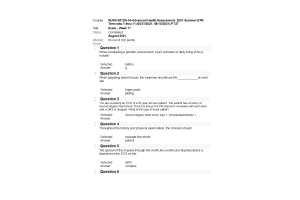
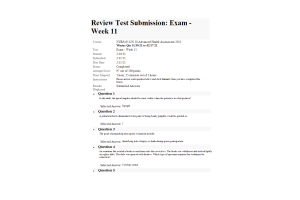
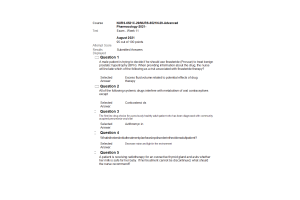
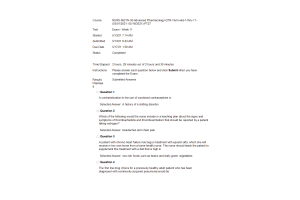
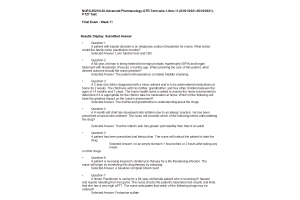
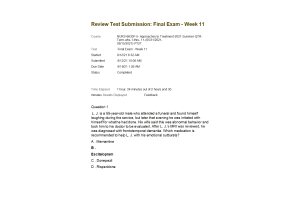
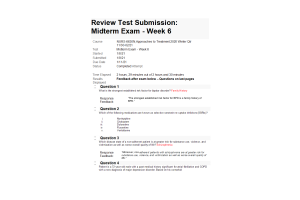
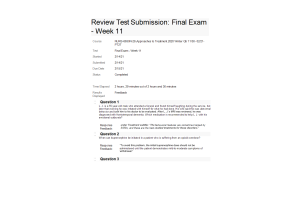
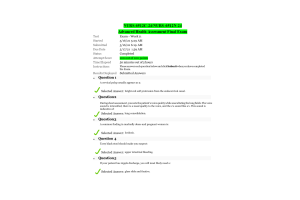
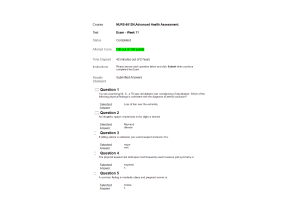
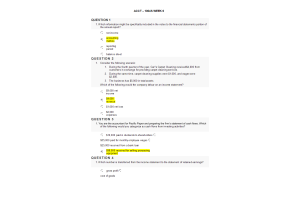
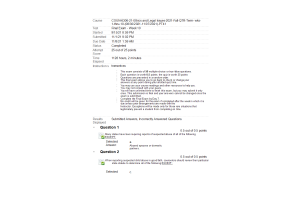
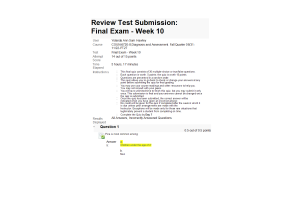
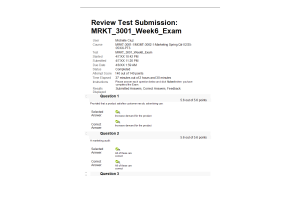
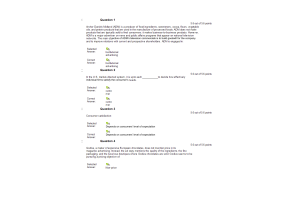
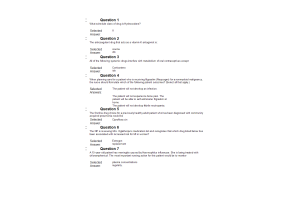
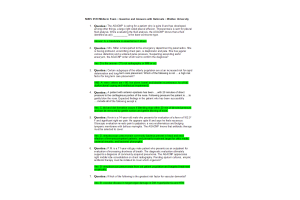
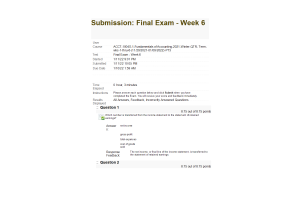
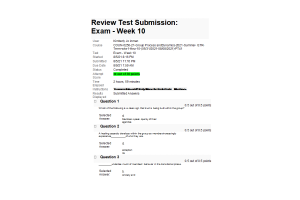
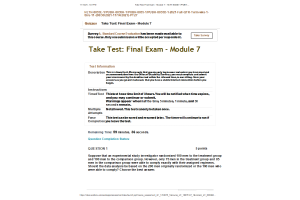
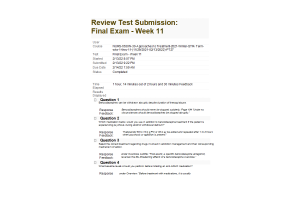
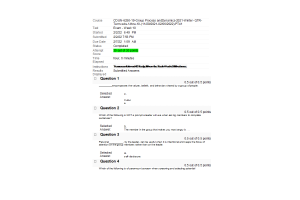
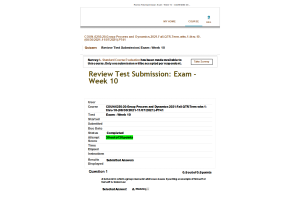

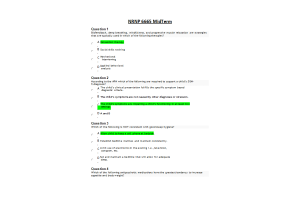
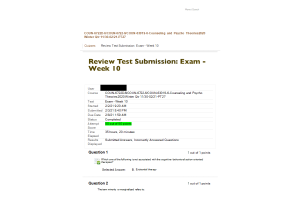
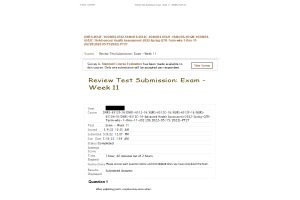
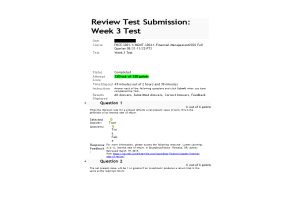
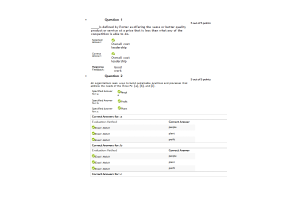
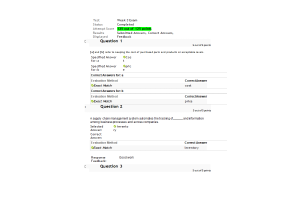
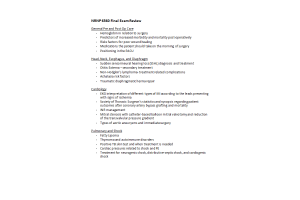
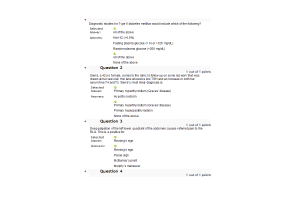
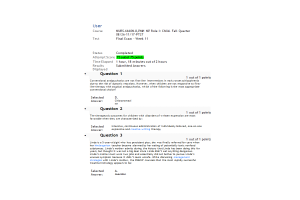
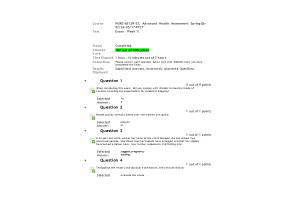
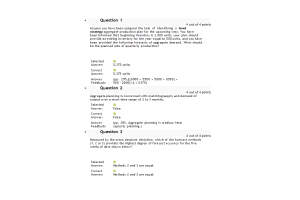
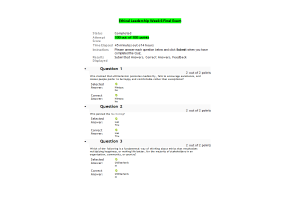
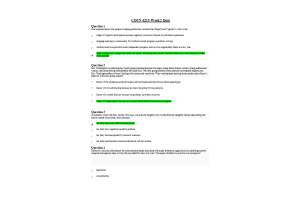
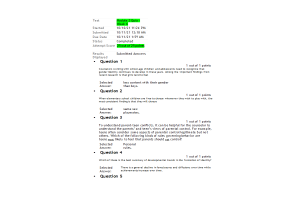
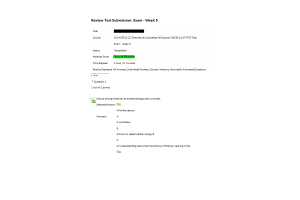
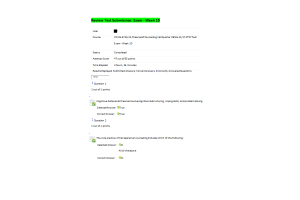
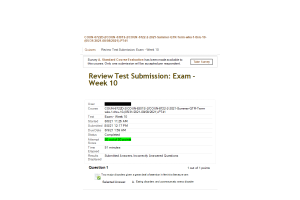
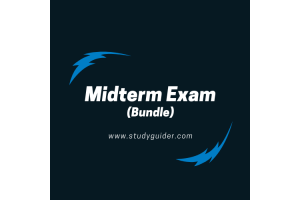
-300x200.png)
-300x200.png)
-300x200.png)
-300x200.png)
-300x200.png)
-300x200.png)
